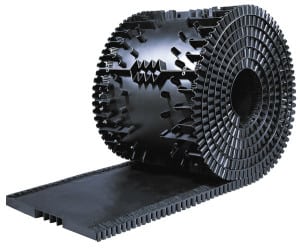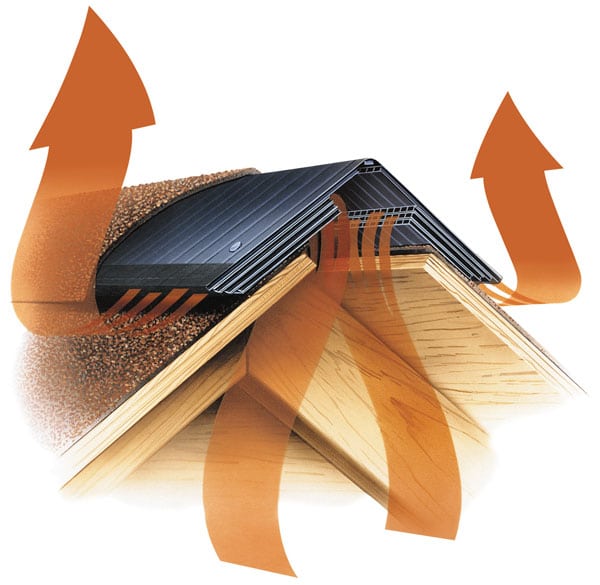HOME ENERGY Q&A
Energy expert James Dulley answers your questions
Dear Jim: Even though I think my house is adequately insulated, my air conditioner runs a lot. On sunny days, the bedroom ceiling seems hot, so I assume heat is coming from the hot roof. How can I reduce this heat flow?
— Shauna G.
Dear Shauna: Adequate attic insulation is only one aspect of keeping your house cool and reducing your air-conditioning costs. By “insulation,” most folks mean thermal insulation that blocks heat conduction. This includes fiberglass, rock wool, foam and/or cellulose insulation on the attic floor and in the walls.
There are three modes of heat transfer — conduction, convection and radiation. Conduction refers to heat flow typically through solid materials. This is how the handle of a metal skillet gets hot on the stove. Convection is similar to conduction but occurs in fluids and gases. This is why you feel colder in the wind than in still air.
Regular thermal insulation in your home’s walls and ceiling blocks conduction and convection heat losses. Most insulation charts that mention R-values refer to thermal insulation.
The third mode of heat flow, radiation, is how the sun heats the Earth and why you feel warm in front of an open fireplace. Unfortunately, standard thermal insulation is not very effective for blocking this type of heat flow. On a hot summer afternoon, a roof, especially a dark asphalt shingle one, gets extremely hot. This heat then radiates downward through the attic floor insulation and into your house.
You can tell if the ceiling is hotter than the walls just by putting the back of your hand against it in the afternoon. If it really feels much warmer, this may be a major reason for high electric bills.
Even with your air conditioner running and air in the room reasonably cool, you may still feel uncomfortable under a warm ceiling. This heat often causes you to set the air-conditioner thermostat even lower, which further increases your electric bills.
If your house will need a new roof soon, replace it with light-colored — preferably white — shingles to reduce the roof temperature. Metal roofs, particularly aluminum ones with heat-reflective (not visibly reflective) paint, stay even cooler and minimize heat transfer down to the ceiling below.

Other than replacing the roof, adding more insulation and adequate attic ventilation can help significantly. When I installed more attic vents in my own home, I could immediately feel the difference in my second-floor bedroom temperature.
Putting in extra insulation will also cool ceilings that meet attic space because it blocks heat transfer. Attic vents (continuous ridge or inlet soffit) work best. These allow cool air to move low over the insulation, become less dense as it warms up and then flow out the ridge vent.
Your attic and roof will still be hot, but extra insulation and ventilation will help cool the living space underneath your attic.



